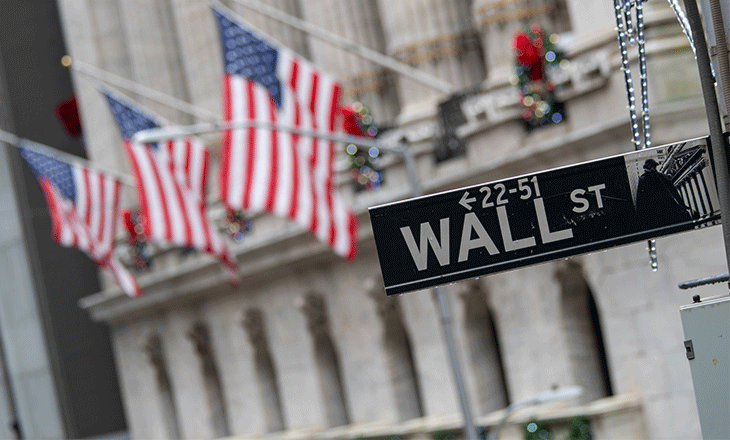The following article was written by Alejandro Zambrano, ATFX Global Chief Market Strategist.
The sharp rise in the Dow Jones is taking some investors by surprise. However, the stock trading pattern we see today is similar to what we saw in the 2003 SARS epidemic, and earlier in the year when coronavirus infections peaked in China.
Forward-looking markets
Stock markets are forward-looking, and this means that investors make changes in their holdings before we see a change in economic indicators like the PMIs and GDP. The reason for this is that some people in the world have a better understanding of what is happening or have better information.
As an example, an expert on viruses could have had a rough idea what would happen in the rest of the world when the news reached us about the situation in China, and according sold his stock holding before the majority. The same expert could have told his friends that acted on the same information.
Investors with an understanding of exponential growth rate also picked up that the coronavirus would create problem in late January. As well-armed with information on how the market reacted in the 2003 SARS epidemic would have helped.
2003 SARS epidemic
In 2003, a new virus spread in China that reached Hong Kong, and put the city in panic. It caused the Hang Seng to decline, and the Nikkei 225 followed. When the virus growth reached its peak, the Hang Seng bottomed out, and around the same time, the WHO and South Asian countries started to take the matter more seriously. By the time that the WHO said it was safe to visit Hong Kong, the stock markets were already up by a significant amount as investors had already priced in the turning point in the virus spread.
China 2020
Earlier this year, the same happened. When the coronavirus cases started to pick up in China, the Shanghai composite started to decline. The cases picked up quickly. However, the Chinese government acted fast, and on February 4, the Shanghai composite bottomed out, and about one day later, we saw the peak in the daily growth rate of new cases.
Western economies 2020
On March 19, coronavirus cases in Germany increased by 73%, one day later the government imposed a lockdown. The German DAX index bottomed out on the 19th when the growth in virus cases reached a peak. On March 19, coronavirus cases increased by 51% in the USA, and one day earlier California imposed a lockdown. On March 22, New York followed, and the Dow Jones bottomed out on March 23.
Since the lockdowns of California and New York, the daily US growth rate of virus cases has declined from about 39% on average to 8.6% on April 8. In Germany, the growth rate fell from 29% on the day of the lockdown to 5.2% on April 8.
The Dow Jones and Dax index are up since the peak in the virus spread, and the pattern between virus spread and the stock markets have held once again, as investors are pricing in better times ahead.
Aftermath of Coronavirus Crisis in China
The Chinese economy has restarted following the lockdown, and estimates by the Financial Times show that the economy is operating at 62% from its 2020 starting value. Typically it should be running at 80% at this time of the year. I think the gap will narrow further when Europe and the USA open once again.
I also think we will see a pick up in economic activity in the Western world. The economy will not be as good as before the crisis, and a new wave of infections could easily disrupt economic growth. Still, it seems that the markets got ahead of themselves and priced in a too gloomy outlook in March.
However, stock markets are doing their best to correct that, and the Dow Jones is up by 30% from its March low. I think we can see further gains in the Dow Jones, and I think it could trade near the 61.8% Fibonacci correction level at 25273, as stock markets price in a bounce of economic activity. My bias in the Dow Jones will remain upwards as long as the price trades above the April low of 20603.
